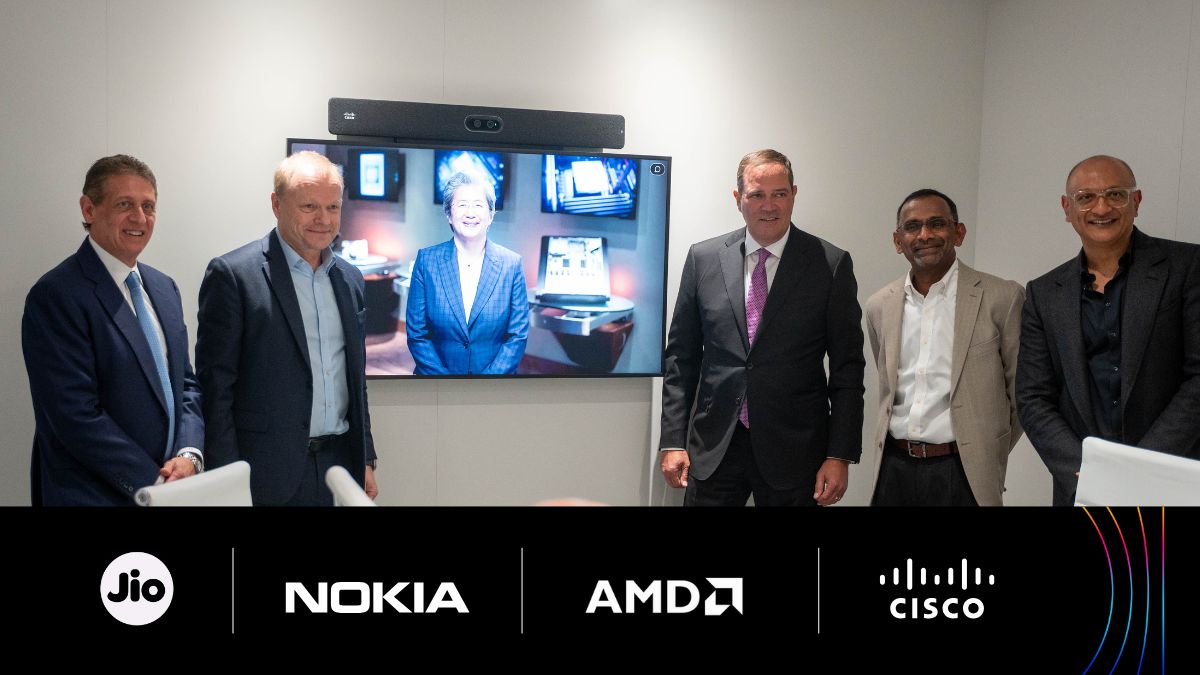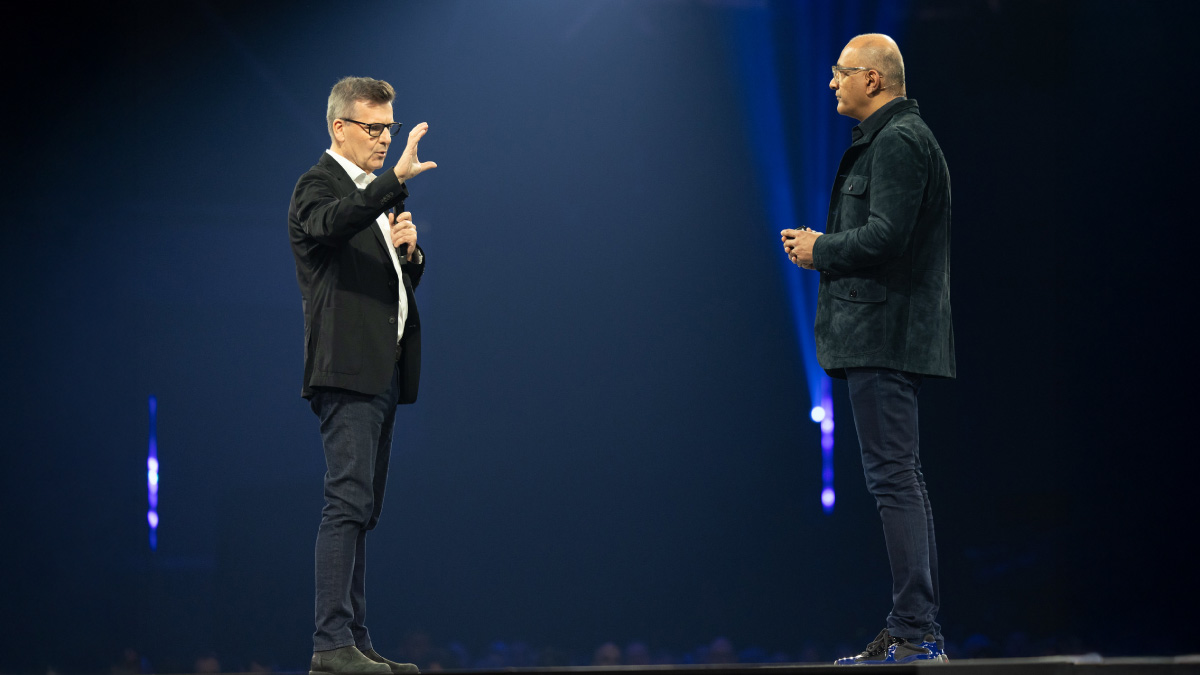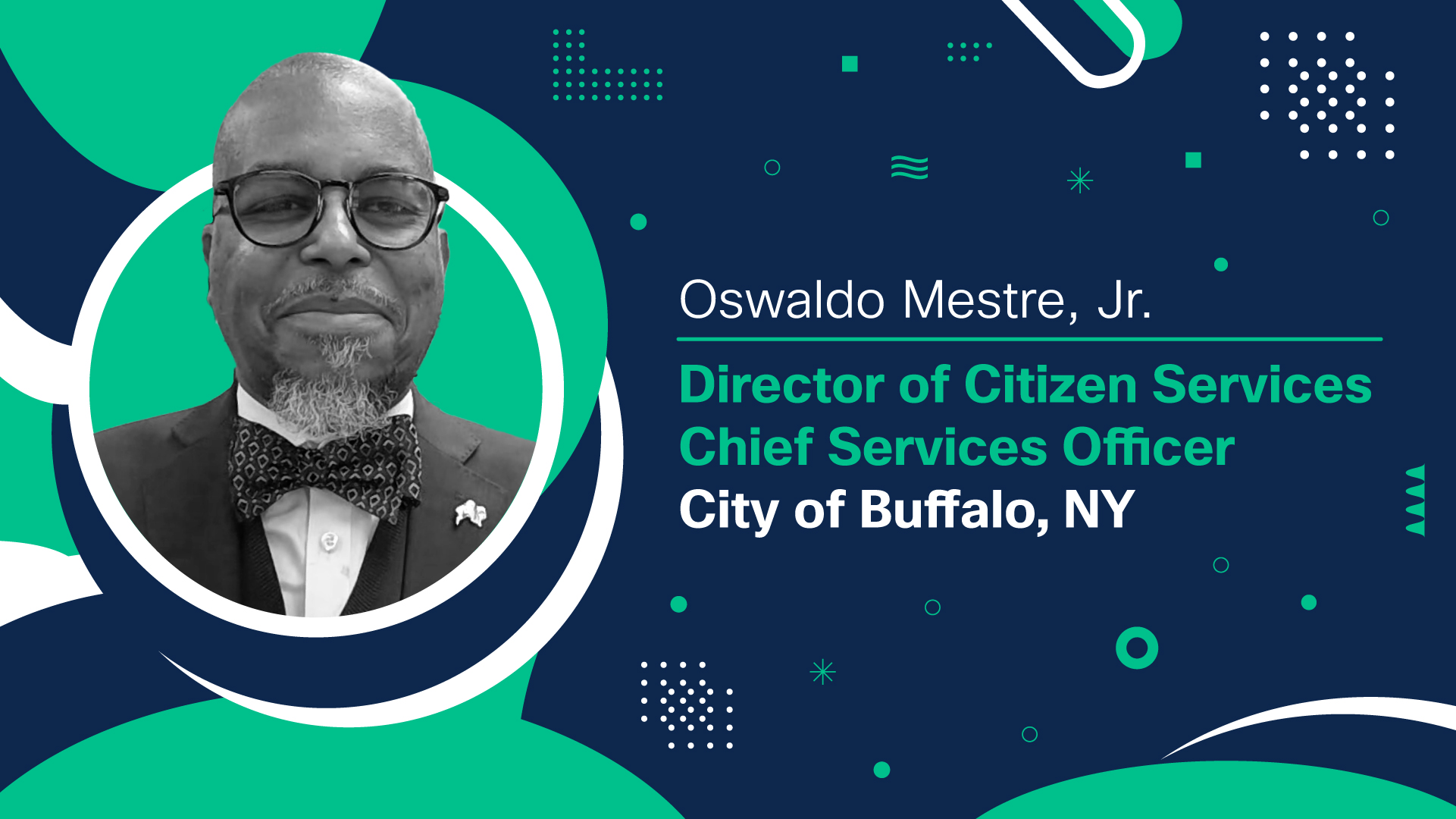PARIS, MPLS+SDN+NFV World Congress, April 9th, 2018 – The explosive growth in IP traffic continues to create opportunities and challenges for service providers who are focused on delivering compelling services to retain and grow their customer base. Changing network traffic patterns show 35 percent of Internet traffic will be carried metro-to-metro in 2021[1], up from 22 percent in 2016, with more devices connected to the network. As a result, service providers are adjusting their network routing plans to distribute features further to the edge for improved performance.
Cisco is leading with innovation that allows carriers to transform their networks to deal with the explosion in traffic growth and change in traffic patterns led by mobile apps and connections, IoT, video, 5G and more.Cisco has responded with innovative hardware, software and security additions to its service provider routing portfolio to offer a mix of options for customers needing feature-rich platforms with higher density to support intense bandwidth demands.
Powered by Cisco® IOS® XR,the industry’s most trusted network operating system, this expanded portfolio offers anabundance of features that help to simplify operations such as zero-touch deployment, advanced programmability and model-driven telemetry.
Routing hardware additions include:
- Cisco NCS 500 Series:Featuring a unified, single operating system (Cisco IOS XR), it addresses converged wireline and wireless 5G-ready requirements for mobile x-haul and future evolutions of carrier ethernet networks; It addresses various bandwidth needs ranging from 1 to 100 Gbps interfaces in small form factors.
- Cisco ASR 9901: Also featuring a unified, single operating system (Cisco IOS XR), it supports applications such as distributed provider edge, Internet peering, metro aggregation and broadband network gateway (BNG) in a space-optimized platform; It delivers 456 Gbps of port capacity while also providing flexibility in terms of port speeds ranging from 1 to 100 Gbps with industry-leading MACsec encryption support across all ports.
- Cisco NCS 5500 Series: New components include:
- Two fixed chassis supporting 24 and 36 100GE ports
- A 36 100GE ports line card targeted at high-density core, mobile backhaul and data center interconnect use cases; Offers flexible port configuration supporting 10G/25G/40G and 100G per port with enhanced scale capabilities (external TCAM)
- A compact 2RU router targeted at high-density metro aggregation, mobile backhaul networks and long-haul connectivity use cases; Delivers maximum flexibility with the support of Modular Port Adapters (MPA) with options of different port types and MACsec encryption support.
Routing software additions include:
- Segment Routing: Offers service providers more control over Internet traffic by delivering a unified transport fabric across aggregation, edge, core and data center network domains with unmatched simplicity, resiliency and scalability; With Segment Routing Flexible Algorithm, a new addition to the Cisco Segment Routing Traffic Engineering toolkit, service providers can:
- Optimize the same physical network infrastructure along various dimensions such as low-latency, bandwidth or path disjointness.
- Custom fit 5G network slices to specific applications
- Ethernet VPN (EVPN): Cisco is now offering seamless integration with Virtual Private LAN Service (VPLS), helping service providers speed up migration from VPLS to EVPN as another method to provide Ethernet-based multipoint to multipoint communication over IP or MPLS networks; EVPN offers improved scalability, optimal forwarding and helps prevent traffic floods.
With more applications and devices connected to the network, security threats are significantly increasing. Cisco is securing the service provider network at three levels to help protect against current and future threats:
- Hardware: Ensuring platform integrity while in transit from factories to customer premises
- Software: Providing secure boot and integrity check to ensure the software that is installed is genuine and unmodified
- Network: Offering MACsec hardware support to encrypt traffic between network nodes as well as scalable anti-DDoS
“Cisco continues to drive innovation in service provider routing to help our customers uplevel their architectures and be one step ahead in managing their network traffic demands,” said Jonathan Davidson,senior vice president and general manager, Service Provider Networking, Cisco. “As the majority of our customers get ready for 5G, our unmatched portfolio of options offers intent-based networking practices to enable networks to self-heal without service interruptions.”
“We needed a future-proof networking platform to support high-density 100G interfaces with optimized power consumption to deliver ultrabroadband connections,” said Marco Arioli, senior manager of Network Engineering at Fastweb. “With the Cisco NCS 5500 platform, we are getting the scale and power efficiency we were looking for and are reaping the benefits of a seamless and unified software fabric, powered by Cisco IOS XR to accelerate our time-to-market and streamline adoption of new services.”
“We are building a widespread and efficient network to speed broadband adoption across Italy,” said Domenico Angotti, head of Engineering at Open Fiber. “We are deploying Cisco NCS 5500 in our national Points of Presence to give us the performance and high-density of 100GE interfaces with lower power consumption, and a rich set of YANG data models that are essential to advanced network programmability.”
“Shentel is evolving its network to support 100G interfaces to keep pace with the growth of Internet services and lay the foundation for 5G services,” said Edward McKay, senior vice president, Wireline and Engineering, Shentel. “Cisco IOS XR and segment routing technology is helping to simplify our operations with an SDN architecture designed to support multi-path routing with extreme scale across our core networks.”
Cisco is leading the disruption in the industry with its technology innovations in systems; silicon; software and security; and its unrivalled expertise in mass-scale networking, automation, optical, optics, cable access, video, and mobility. Combining these capabilities with Cisco’s portfolio of go-to-market security, collaboration, IoT, and professional services, we enable service providers, media and web companies to reduce cost and complexity, help secure their networks, and grow revenue.
Supporting Resources
- Cisco NCS 500 Series
- Cisco ASR 9901
- Cisco NCS 5500
- Cisco Segment Routing
- Cisco IOS XR
- Sumeet Arora blog: An Architectural Approach to Flexible Consumption for Service Providers with IOS XR
- For more information about Cisco service provider news and activities, visit the SP360 Blogor follow us on Twitter @CiscoSP360
- Follow us on our LinkedIn page for targeted updates and announcements
- Subscribe to Cisco's SP360 feed
RSS Feed for Cisco: http://newsroom.cisco.com/dlls/rss.html
About Cisco
Cisco (NASDAQ: CSCO) is the worldwide technology leader that has been making the Internet work since 1984. Our people, products, and partners help society securely connect and seize tomorrow’s digital opportunity today. Discover more at newsroom.cisco.com and follow us on Twitter at @Cisco.
# # #
Cisco and the Cisco logo are trademarks or registered trademarks of Cisco and/or its affiliates in the U.S. and other countries. A listing of Cisco's trademarks can be found at www.cisco.com/go/trademarks. Third-party trademarks mentioned are the property of their respective owners. The use of the word partner does not imply a partnership relationship between Cisco and any other company.
[1]Cisco Visual Networking Index Forecast 2016-2021





